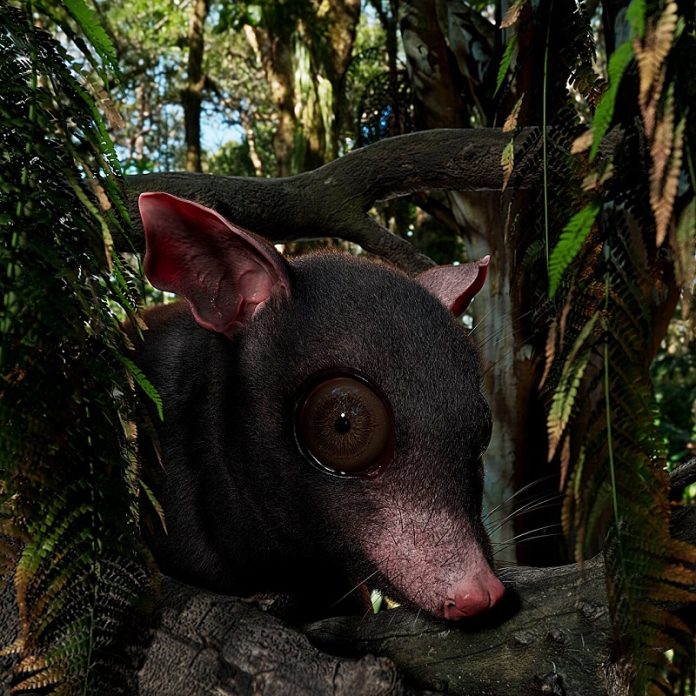
A newly described ancient mammal discovered in Texas is turning heads—not just for its size, but for what it reveals about life millions of years ago.
Meet Swaindelphys solastella, a prehistoric relative of modern marsupials that lived around 60 million years ago in what is now Big Bend National Park.
Though it was only about the size of a hedgehog, this creature was huge compared to other species in its group at the time.
Researchers from the University of Kansas, led by doctoral student Kristen Miller, analyzed fossilized teeth collected decades ago by the late paleontologist Judith Schiebout.
These small but important fossils had been sitting in collections for years without being fully studied. Miller was curious about what kind of metatherian—a group that includes today’s marsupials and their extinct relatives—these fossils belonged to.
After comparing the teeth to many similar fossils from across North America, Miller realized she was looking at something unique: the largest known species of Swaindelphys from the Paleocene period.
Not only is Swaindelphys solastella unusually large, it’s also the youngest known member of its group and was found farther south than any others.
That makes it especially interesting to paleontologists, who are trying to understand how ancient animals like marsupials and early primates spread across North America.
Miller’s advisor, Professor Chris Beard, explained that earlier fossil studies in Big Bend focused on larger species, but now their team is uncovering smaller, harder-to-find creatures from that time.
The new find offers clues about how ecosystems functioned shortly after the dinosaurs went extinct.
In the Paleocene, the Big Bend region looked very different from the dry desert we see today. It was warmer and wetter, with plenty of vegetation and flowing rivers. That’s where Swaindelphys made its home, living alongside early primates and other mammals.
Because its behavior and body structure share similarities with primates, studying Swaindelphys helps scientists understand more about our own evolutionary past.
The research is supported by The Leakey Foundation, an organization that funds studies on human evolution.
The scientists hope to use the distribution patterns of Swaindelphys to figure out how natural features like rivers and high ground may have shaped where different animals lived. One idea they’re exploring is that a kind of ancient geographic barrier in southern Wyoming affected which species could move north or south.
North of that divide, fossils match what’s expected for the time period. South of it, like in Big Bend, the fossil record becomes more unusual, showing species in places and times they wouldn’t normally be found.
Miller and Beard plan to continue investigating how ancient landscapes may have influenced the movement of animals. Their work highlights how even small fossil discoveries can lead to big questions—and surprising answers—about life on Earth millions of years ago.



